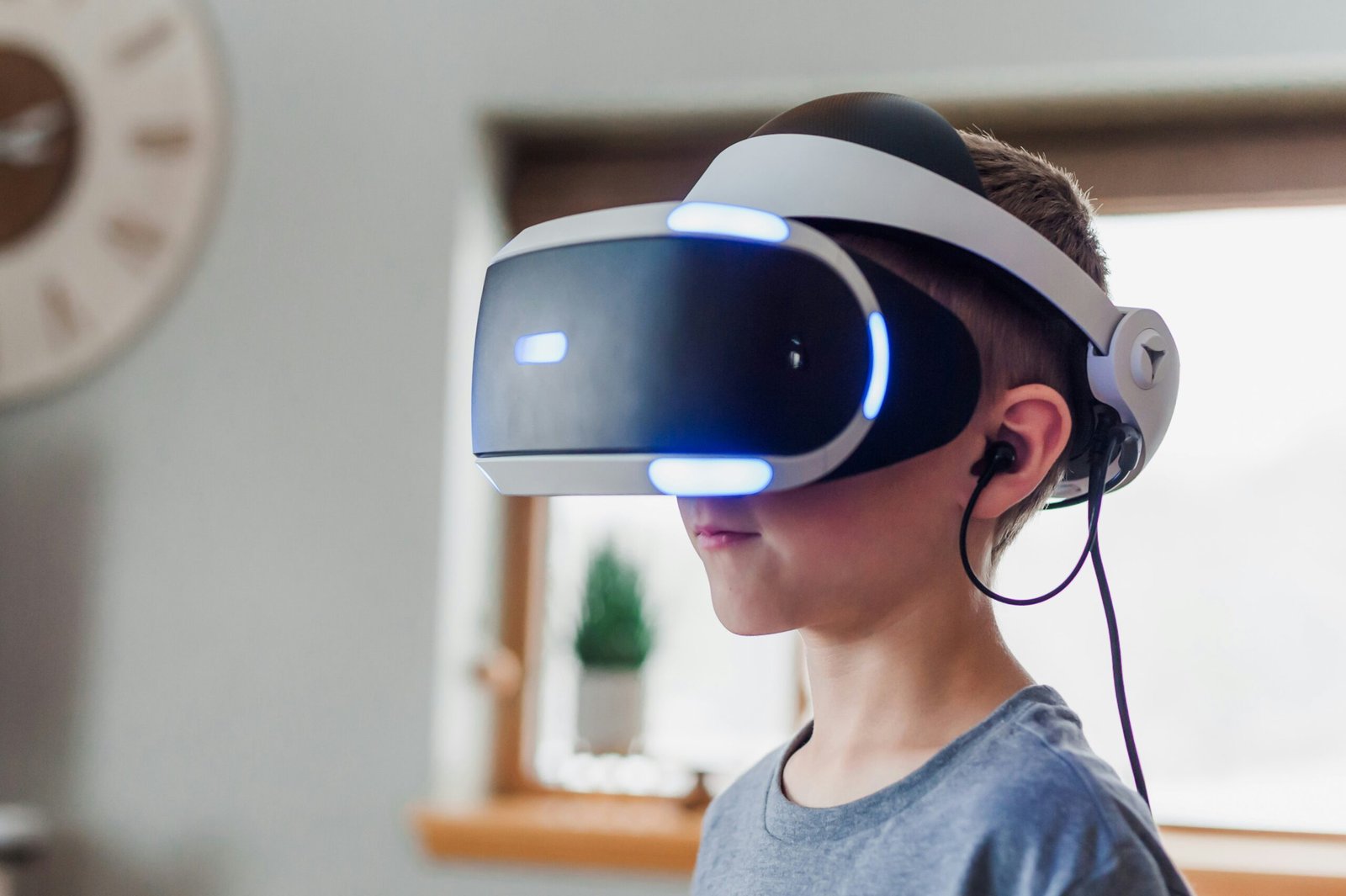
Thinking in VR: Exploring Meta Quest 2 and 3 Apps for Business Applications (AI Generated)
Introduction to VR and Meta Quest 2 and 3
(My response about this post here, after reading it, of course.)
Virtual Reality (VR) has profoundly influenced the tech industry, revolutionizing how users interact with digital environments. Initially conceptualized for entertainment and gaming, VR technology has evolved significantly over the past few decades. Early iterations, such as the Sensorama in the 1960s and the Virtual Boy in the 1990s, laid the groundwork for contemporary VR systems. These devices were rudimentary by today’s standards but pivotal in sparking interest and investment in VR research and development.
Fast forward to the present, and VR has transcended its gaming roots, finding applications in various fields such as education, healthcare, and business. Among the leading VR headsets in the market are the Meta Quest 2 and its successor, the Meta Quest 3. These devices, developed by Meta (formerly Facebook), represent a significant leap in VR technology, offering users an unparalleled immersive experience.
The Meta Quest 2, launched in October 2020, features a lightweight design, high-resolution display, and advanced processing capabilities. It operates wirelessly, providing users with the freedom to move without being tethered to a computer. The device’s intuitive controls and extensive library of applications make it a versatile tool for both personal and professional use.
Building on the success of its predecessor, the Meta Quest 3 introduces several enhancements. These include improved graphics, increased processing power, and more ergonomic design. Additionally, the Quest 3 boasts advanced hand-tracking technology and a refined user interface, making it even more accessible to new users and seasoned VR enthusiasts alike.
The current landscape of VR apps for the Meta Quest 2 and 3 is rich with possibilities, particularly for business applications. From virtual meetings and collaborative workspaces to training simulations and data visualization, the range of available apps is expanding rapidly. These advancements enable businesses to leverage VR technology to enhance productivity, streamline operations, and foster innovation in ways previously unimaginable.
As we delve deeper into the specific business applications of Meta Quest 2 and 3 in the following sections, it becomes evident that VR is more than just a futuristic concept. It is a practical, transformative tool poised to redefine the professional landscape.
Analyzing the Business Applications of VR with Meta Quest 2 and 3
Virtual reality (VR) technology has made significant strides in recent years, and devices such as Meta Quest 2 and 3 are at the forefront of this revolution. Businesses are increasingly exploring VR for its potential to revolutionize various operational aspects. One of the primary applications is virtual meetings, which can transcend geographical barriers and bring teams together in a more immersive and engaging environment than traditional video calls. VR meetings allow participants to share and interact with 3D models and virtual whiteboards, enhancing collaboration and idea generation.
Another critical use case is training simulations. Companies can create realistic, risk-free environments for employee training. For instance, industries like healthcare, manufacturing, and aviation benefit from VR simulations to practice complex procedures without the associated risks. This not only improves proficiency but also reduces training costs and downtime.
Remote collaboration is another area where Meta Quest 2 and 3 shine. Teams can work together on projects in a shared virtual space, irrespective of their physical locations. This capability is particularly beneficial for design and engineering teams that need to review 3D models and prototypes. The immersive nature of VR can make these collaborations more effective and intuitive than traditional methods.
Additionally, VR enables immersive presentations that can captivate audiences in ways conventional slideshows cannot. By leveraging 3D visuals and interactive elements, businesses can deliver more impactful and memorable presentations, whether for training sessions, product demos, or stakeholder meetings.
Real-world examples underscore the effectiveness of these applications. For example, a large automotive company reported a 30% reduction in travel costs and a significant improvement in design review efficiency after adopting VR for remote collaboration. Similarly, a healthcare organization noted a 25% increase in the retention rates of medical procedures after implementing VR training simulations.
However, there are challenges to consider. Hardware costs can be a barrier, especially for small businesses. Moreover, user adoption can be slow due to the learning curve associated with new technology. Technical hurdles, such as ensuring a stable and high-speed internet connection, are also critical for a seamless VR experience.
In conclusion, while there are challenges, the potential benefits of integrating Meta Quest 2 and 3 into business operations are substantial. Enhanced collaboration, effective training, and engaging presentations can lead to improved productivity and ROI. Businesses should weigh these benefits against the costs and challenges to determine if VR is a viable investment for their specific needs.